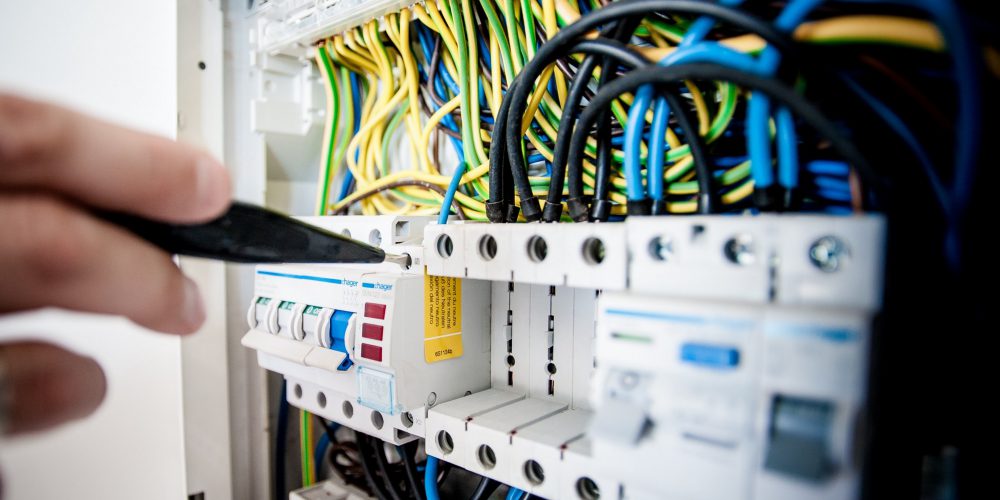Components of a Structured Network Cabling Program
Structured network cabling, whether or not based on Category 5, 5e, six, or 6 Augmented, consists of 3 principal elements inside the creating the network is installed in. The network nodes are the devices on the far side of the network cabling. Telecommunications closets placed all through the developing are where all of the cables for each and every floor are terminated. The cable plant is the cables themselves. In order for the cable method to be considered compliant with market standards, they will need to pass particular tests.
Phones and Computer systems Are Network Nodes
Devices that are connected to the network are known as network nodes. A number of years ago, a network node would have been a piece of networking gear such as a computer, server, or terminal. Then makers started producing their printers network compatible, so now we have networked printers that are also nodes on the network. Then came digital phones. Phones have been originally analog devices, but they have been clunky, and analog phone systems in industrial buildings were hard to manage. Now, a user’s telephone can be programmed with extension number and other user-particular facts and, in most systems, the administrator can pretty much forget it, even if the user adjustments offices. With the advent of VoIP, this has become even much more the case.
Telecommunications Closets
The terminology covering telecommunications closets has changed a bit more than the years. There utilized to be a time when they had been all essentially just identified as telecommunications closets. On the other hand, the sector has adopted new names for the different varieties of closets that a developing could possibly have. The cable that connects the constructing to the outdoors world is known as the entrance facility (EF), now. Smaller buildings might only want an entrance facility. Considering the fact that the standards that govern network cabling specify cable lengths of no much more than ninety metres, most mid-size to significant buildings will also have a number of intermediate closets (IC). Telecommunications closets are connected to each and every other employing multi-pair cabling. This could be 25-pair cables or it may well be as significantly as 4800 pair (and a lot more) cables, based on how many network nodes the intermediate closet will serve.
Information Flows By way of the Cables
In the structured network cabling industry, cables that run involving communications closets are known as riser cables, particularly when they go between floors. Advantage IT that run from telecommunications closets and network nodes are referred to as horizontal cables These are also recognized as the permanent hyperlink. When taken as a entire, these cables are recognized as the cable plant. Normally, most designers of network cabling systems will specify cables of unique colours for different utilizes. As an instance, all of the computers on the network may perhaps be supplied by cables with blue outer jackets, whilst the phones may perhaps have yellow jackets and the printers could use a white jacket.
Commercially, Cable Certification Is Necessary
There are two key sorts of tests that cables are subjected to prior to the installer indicators off on them. In residential applications, because the number of cables installed is so low and the distances are ordinarily shorter, a wiremap, which ensures that every conductor is properly terminated, is fine. Nonetheless, in a commercial environment, the cable plant requirements to be certified. This means that not only is the wiremap correct, but the cables must also pass specific stringent tests for throughput, attenuation, delay and various forms of crosstalk (signal leeching from one particular conductor/cable pair to an additional). The allowable values for these measurements will rely on what category the structured network cabling is (five, 5e, and so on).
